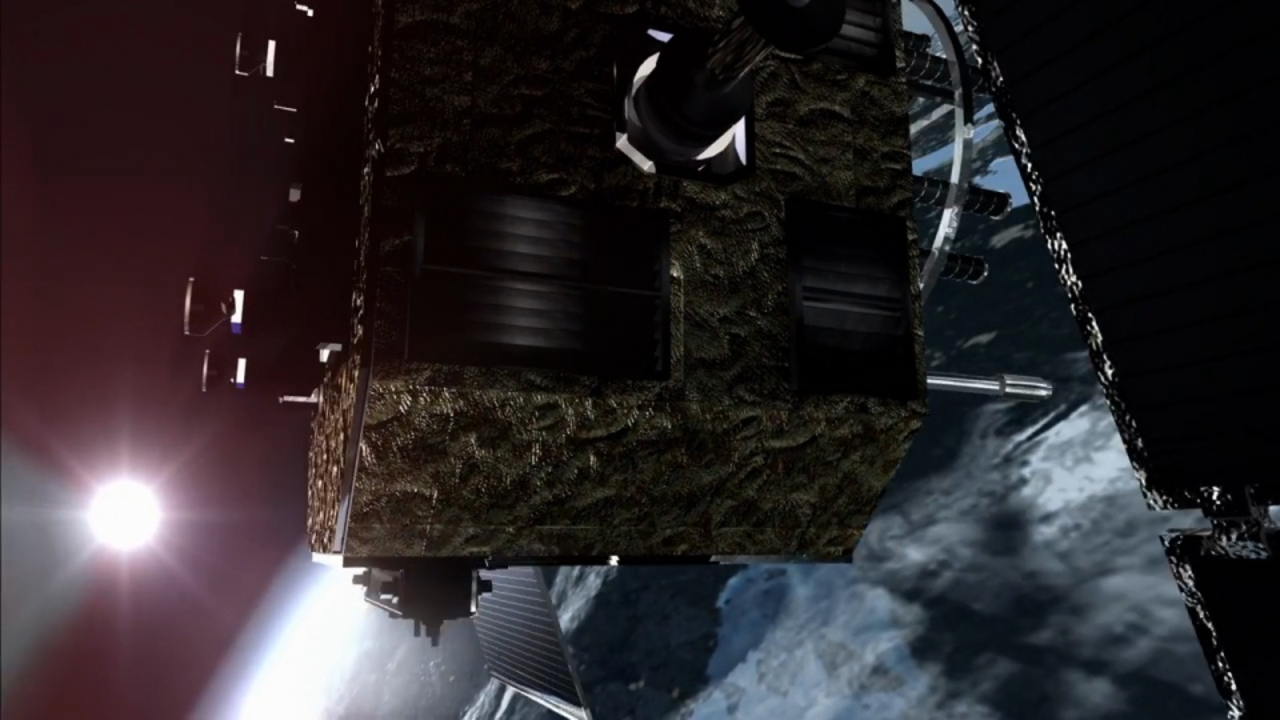Bridging the connectivity gap
Satellites have had an enormous impact on society since the Soviet Union launched Sputnik 1 into orbit in 1957. Many of the services we now take for granted, such as GPS, television, and weather forecasting, were made possible by satellite technology, which also enabled humanity to make great leaps forward in space exploration and gain a greater understanding of Earth.
In the decades since, they have evolved significantly in terms of technology and range of applications. When it comes to finding a solution for global coverage, it doesn’t take a rocket scientist to see the potential of satellite connectivity to fill the connectivity gap in remote and underserved areas unreachable by terrestrial cellular networks. But it’s not as simple as it might seem.
Until now, the proprietary nature of satellite communications has meant high costs and a lack of interoperability between devices and networks that have proved to be a barrier to mainstream adoption. That is set to change very soon.
Recent developments mean that is now possible to integrate terrestrial cellular networks, such as 5G, with satellite-based non-terrestrial networks – provided that the satellite networks support this or comply with the relevant 3GPP standards. This will finally enable seamless global coverage for all devices anywhere in the world with just one SIM card.
This has been driven by several factors:
- Technological advancements: Significant improvements in satellite technology, such as miniaturization, more efficient design, and advanced materials, have made satellites cheaper to build and launch.
- Deployment of LEO constellations: Low Earth orbit (LEO) satellite constellations offer lower latency and better bandwidth than geostationary or medium Earth orbit satellites, as well as greater cost efficiency, making them more suitable for a wide range of IoT services.
- Government and private investment: Increased investment in satellite technology from both government space agencies and private companies has fueled innovation and development in this sector.
- Standardization: Integrating satellite communications into terrestrial networks will be facilitated if non-terrestrial networks comply with the 3rd Generation Partnership Project (3GPP).
This final point is especially relevant. Standardization ensures interoperability and global compatibility, allowing devices from different manufacturers to work together seamlessly across different networks. A crucial aspect of the specifications is the adaptation of narrowband IoT (NB-IoT) technology to function seamlessly with non-terrestrial networks. This adaptation will facilitate the expansion of global IoT coverage by enabling devices designed for low-power, wide-area network (LPWAN) applications, which may only need to transmit their data every few hours to reliably connect via satellite systems. This will reduce the need for larger satellite constellations.
Furthermore, the Release 17 specification provides enhanced support for integrating satellites at various orbits into the broader 5G network architecture to enhance IoT connectivity. This ensures that devices and infrastructure designed for 5G will also be compatible with satellite networks without needing significant modifications.
For IoT service providers, these 3GPP specifications not only make satellite IoT connectivity more accessible, but they also pave the way for more expansive IoT applications in the future. However, not all satellites are built the same.





